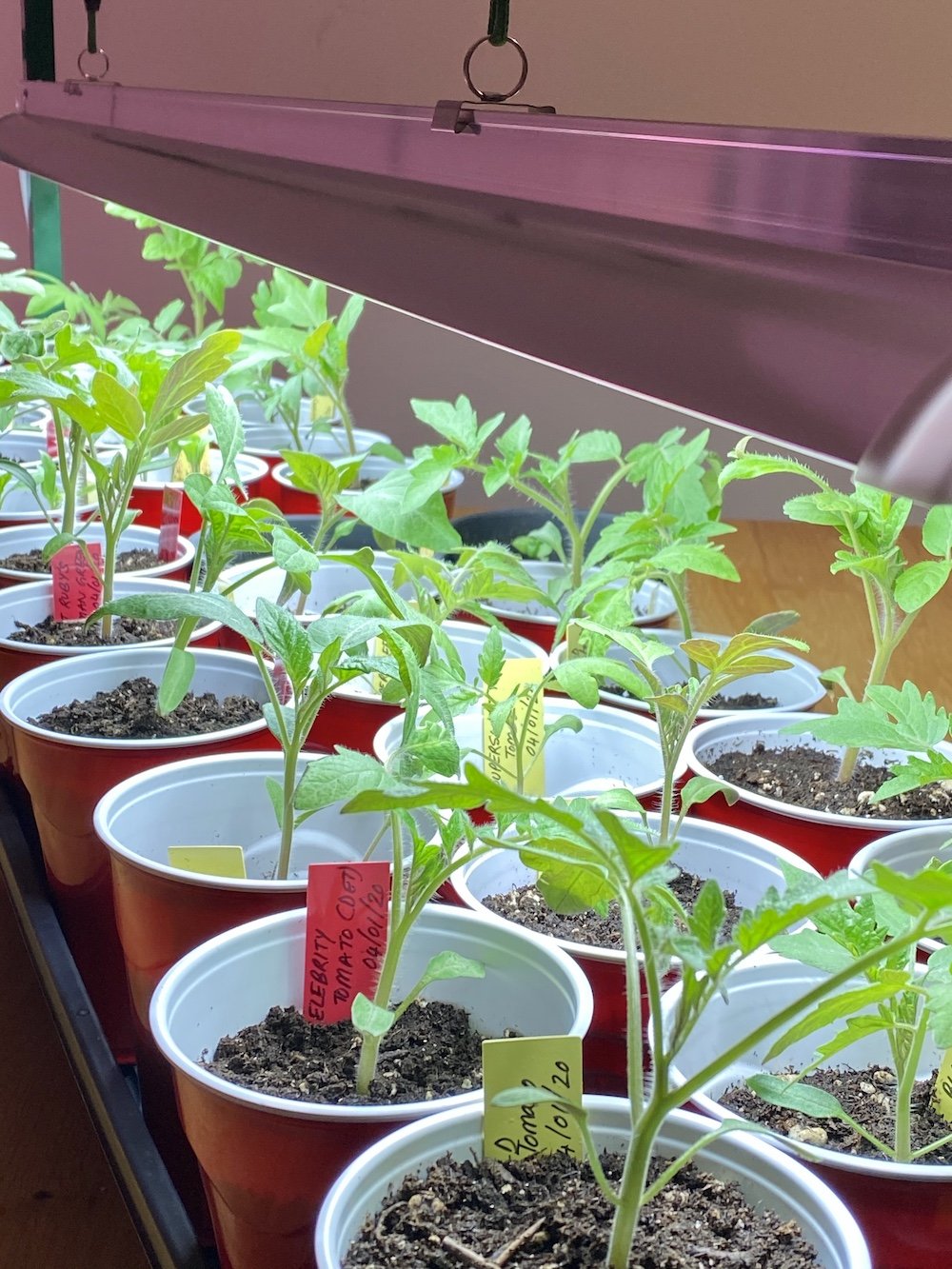Your Growing from Seed Checklist
Growing a garden from seed isn’t as daunting as you might think. Besides, it’s a great way to save lots of money instead of buying several seedlings at the nursery! And you’ll have more choices when it comes to varieties to grow!
If you live in a cold climate, it might be especially beneficial to start your seeds indoors, to get a head start on your growing season. If the outside temperature is warm enough, you can directly sow seeds in the ground as well. Most seeds are generally started 6 to 8 weeks before your last frost date. Start them too soon and you risk getting them root bound and stressed. Too late and plants will be very small to get any real benefit of an early start. Download my FREE Seed Sowing, Transplanting and Direct Sowing Chart when you subscribe to my newsletter to help you figure out the dates that are right for you.
Now, when it comes to seed starting, here’s a checklist of what you’ll need:
Seed Starting Medium
Whether you choose to buy your seed starting mix or create your own, make sure it has a blend of coco-coir or peat moss, pearlite, vermiculite, worm castings and aged compost. Pre-moisten your mix with water until it resembles a brownie mixture (not soaking wet, nor too dry). Avoid using garden soil to grow your seeds as it may not have the right texture or nutrients for success and it can also bring in unwanted pests and disease.
Containers
Add your pre-moistened seed starting mix to any container of your choice. Just make sure it has large holes at the bottom for proper drainage. Don’t compress the growing medium too much - remember you want it to be loose and fluffy. With containers you have several options - seed starting cells, self watering trays, biodegradable pots, Solo cups, empty yogurt containers and small nursery pots, just to name a few. Set your containers on top of a tray so it can catch excess soil and water.
Seeds
Add 2 to 3 seeds per container, cover lightly with more seed starting mix and don’t forget to label them. Once seeds germinate, you can snip off the weaker ones leaving only one per container.
Humidity Domes & Heat Mats
Once the seeds have been sowed, cover the containers or cells with Cling-Wrap or plastic humidity domes and place them on top of a heat mat (or any warm area such as the top of the refrigerator will work too). Darkness, warmth and moisture are key to successful germination.
Grow Lights
As soon as you see seeds germinate, take off the Cling-Wrap or humidity dome, get them off the heat mat and place them two to three inches under grow lights. Shop lights, full-spectrum, LED all work great, so don’t stress about it.







